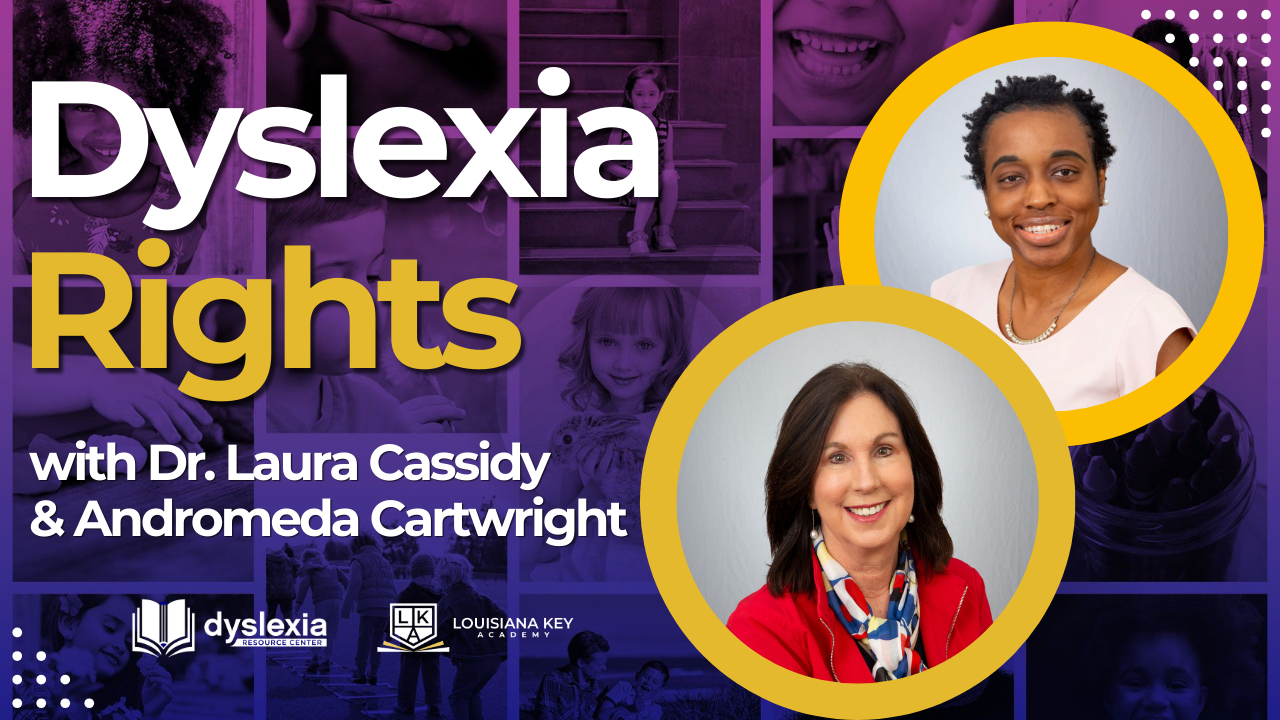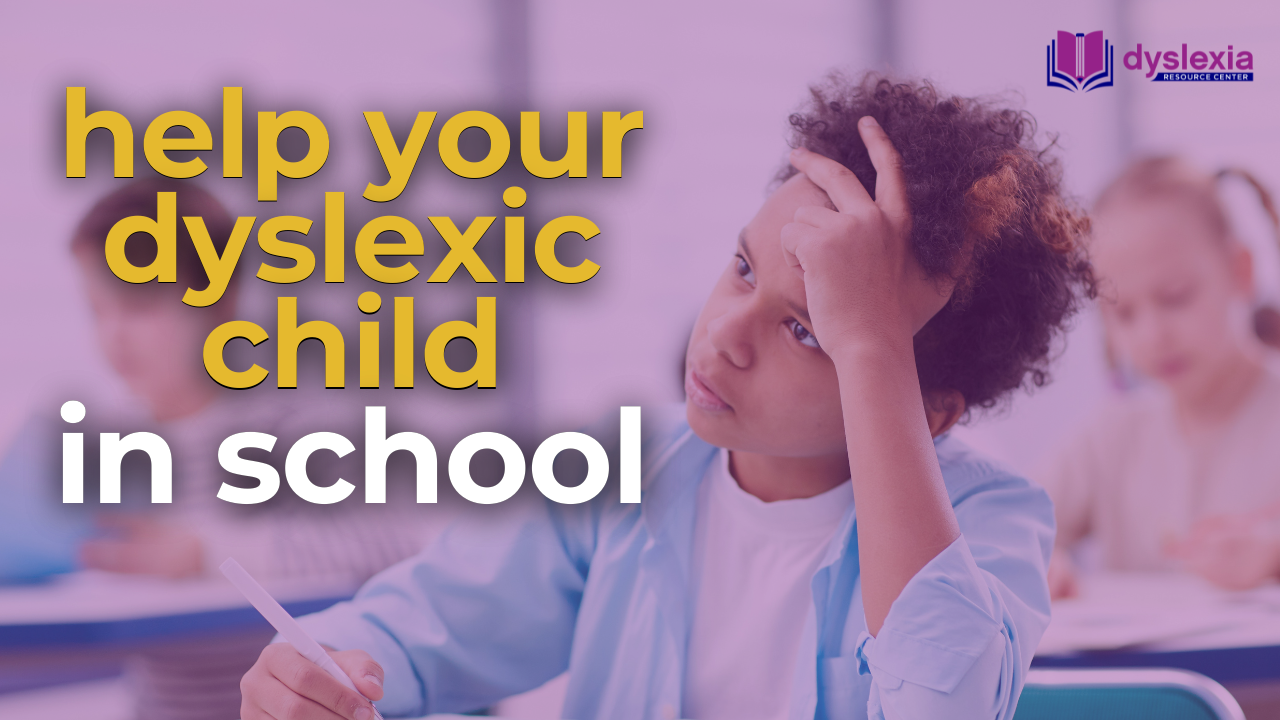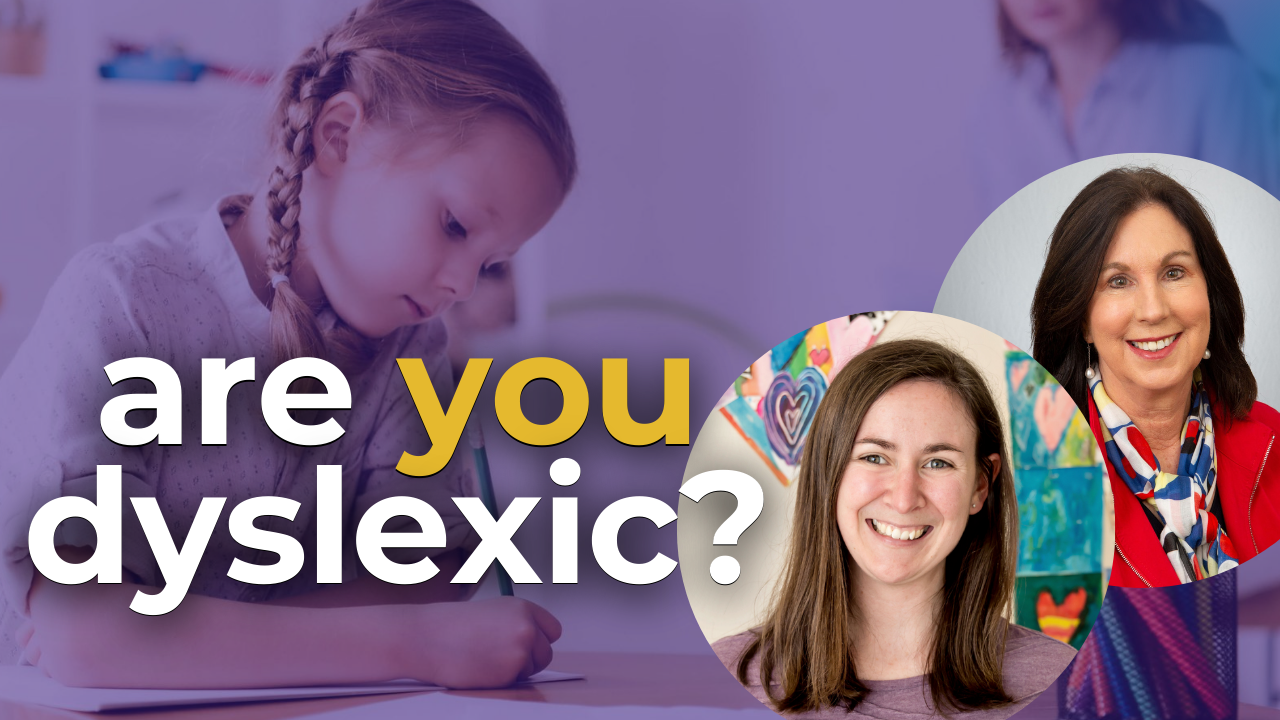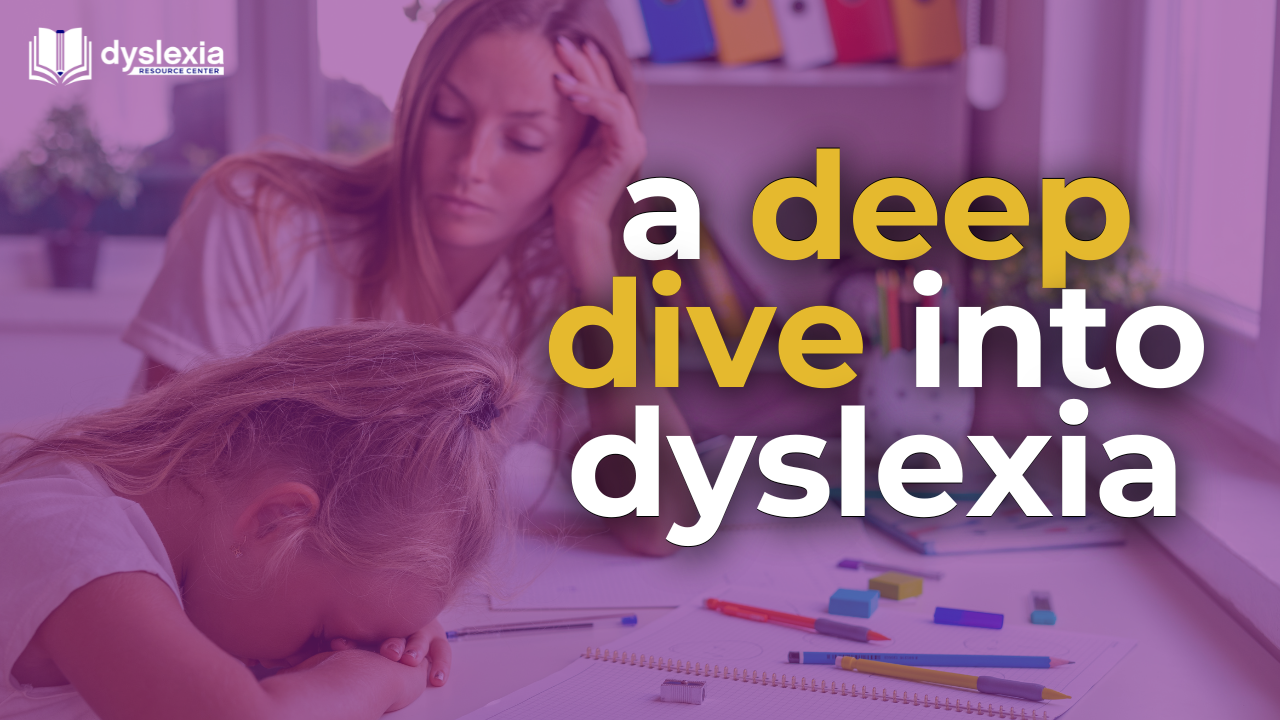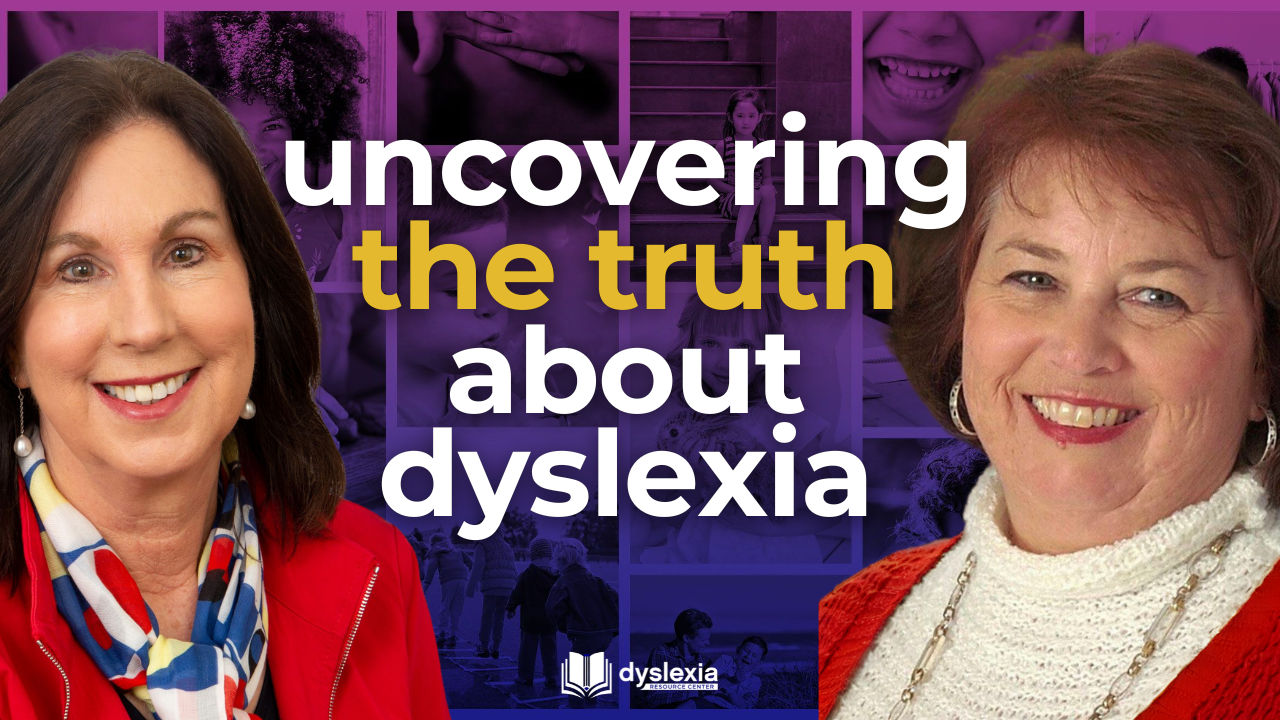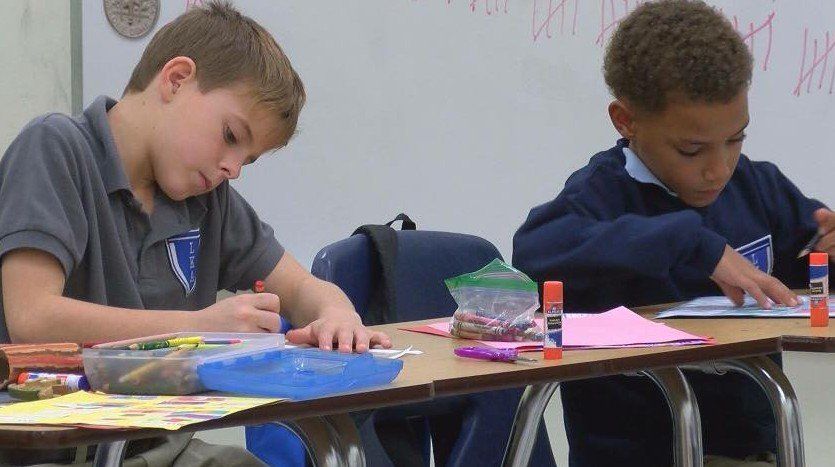Call Us (225) 384-5484
NAEP- The Nation's Report Card In Reading
Could the problem be the unidentified children with dyslexia?
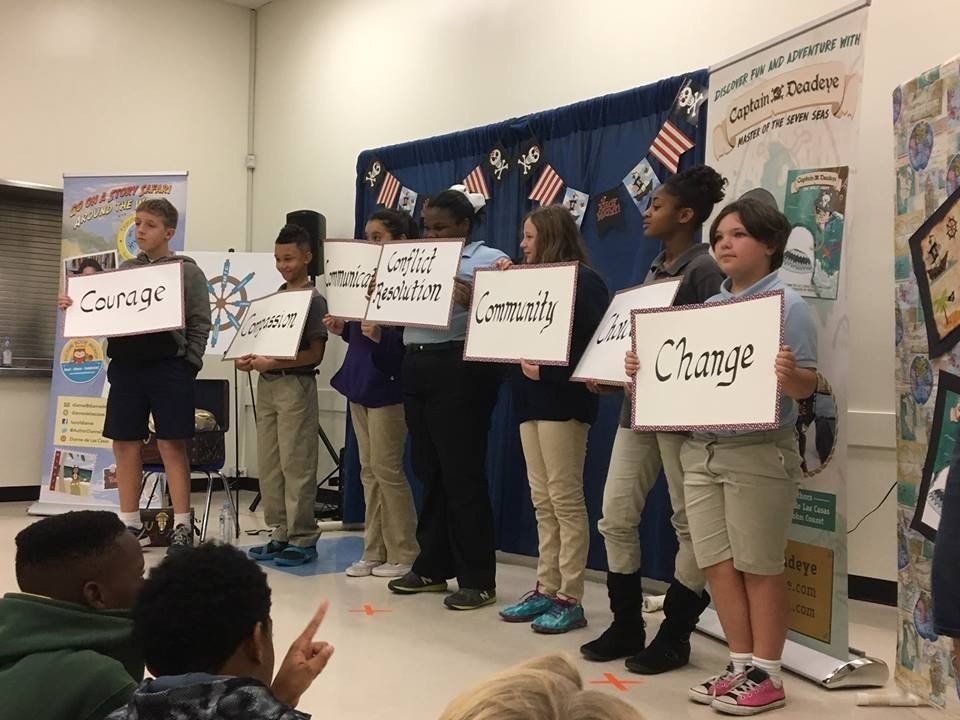
The NAEP (National Assessment of Educational Progress) 2015 data shows that for 4th graders in America, 32% of these children read at below basic (in Louisiana, 37% read below basic, which is actually up from previous years), 33% read at basic level (35% in Louisiana) and 27% are proficient readers (23% in Louisiana) and the remainder are advanced readers.
2015 data of 8th graders national scores show 25% are reading below basic (34% in Louisiana), 42% at basic (Louisiana at 43%) and 29% are proficient readers (22% in Louisiana).
As I look at the incidence of reported dyslexia in Louisiana, in all parishes, the reported data is less than 1%. If the Connecticut Longitudinal data showed 1 in 5 with dyslexia(where all students were screened), why is Louisiana showing an incidence of less than 1%? Could there be a correlation between the lack of students being identified as dyslexic and the NAEP data for reading in Louisiana and the nation?
How else are we to explain the degree of reading failure?
The reading test for NAEP has the student read passages as an assessment of reading comprehension. It cannot be read aloud so it is dependent on reading and therefore understanding the written text which draws on the fundamental skills of decoding printed words and it assesses the student’s vocabulary knowledge. The test web site says “without these fundamental skills (phonemic awareness, phonics, fluency….comprehension cannot occur and should be there by the 4th grade.”
A deficit in phonemic awareness is the hallmark of dyslexia.
So the NAEP data is reported in terms of average scores for groups of students. The scale is between 0 and 500 and then breaks it into the following groups;
Advanced signifies superior performance. Proficient shows solid academic performance and competency over challenging subject matter. Basic is partial mastery of prerequisite knowledge and skills that are fundamental for proficient work at grade level. Basic is again “partial” at “grade level”.
Below basic would be anything below that level, of which I have no specific details on, but that is 32% of 4th graders and 25% of 8th graders in America.
I cannot explain why 25% of 8th graders read below basic and 42% are at basic after so many years in school, other than many of these children are dyslexic, but not identified as such. (No, I don’t believe it is because all the teachers are “bad” and/or there has not been enough exposure to language in the home). We know the deficit is there in first grade and we know it does not go away. We further know that an 8th grader that reads below basic or at basic will have a difficult time finding a good job if s/he graduates from high school.
Education needs to catch up with current science. We should screen with valid screening tests in kindergarten and first grade and then further test those that screen for possible dyslexia. These children need an evidence based curriculum for dyslexia with teachers that have a deep understanding of dyslexia. We can do this, America!




Quick Links
What is Dyslexia?
Dyslexia Services
WHO WE ARE?
The Dyslexia Resource Center was started by a group of concerned parents, medical doctors, and advocates who simply want everyone to know the truth about dyslexia, based on the most current science, and how that knowledge can translate into success in the classroom.
WHAT IS DYSLEXIA?
An unexpected difficulty in reading for an individual who has the intelligence to be a much better reader.
All Rights Reserved | Dyslexia Resource Center

